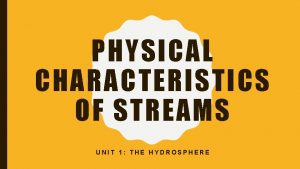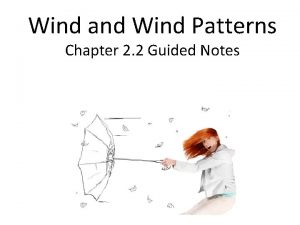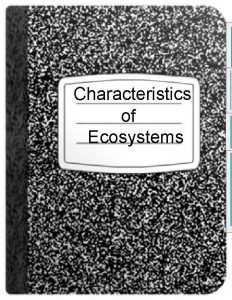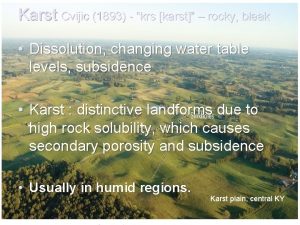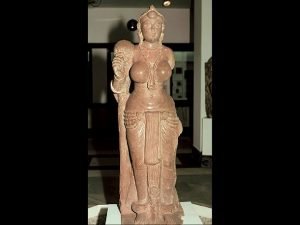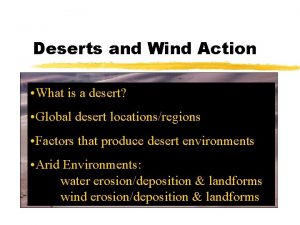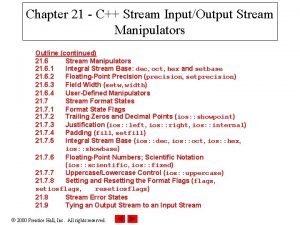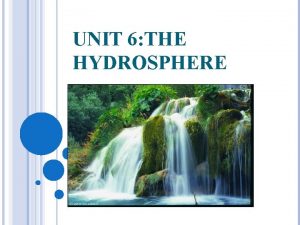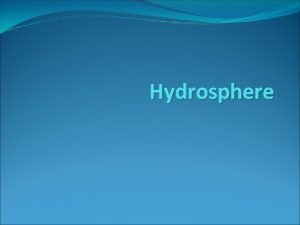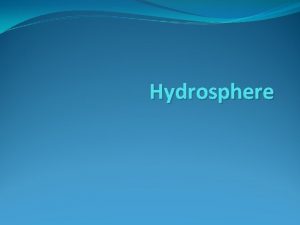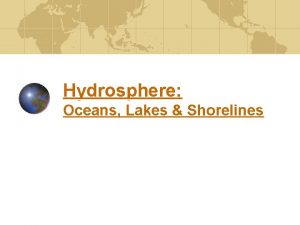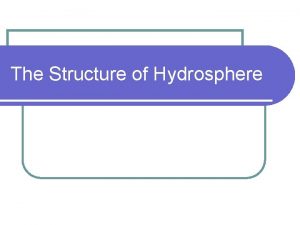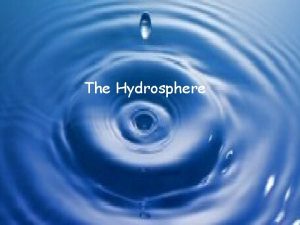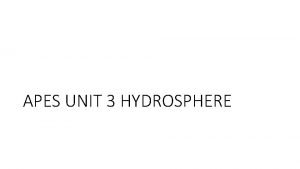PHYSICAL CHARACTERISTICS OF STREAMS UNIT 1 THE HYDROSPHERE









- Slides: 9

PHYSICAL CHARACTERISTICS OF STREAMS UNIT 1: THE HYDROSPHERE

TEMPERATURE • Varies with season, time of day, and amount of sunlight – Land use: what did I say about trees that provide shade? – Runoff gets warmed as well • Warmer temperatures have serious impacts on Dissolved Oxygen – Concentrations decrease – Inc. rates of metabolism, requiring more DO

TURBIDITY • Review: what is turbidity? • Effects of high turbidity – Clogging gills of fish reducing the amount of oxygen they can take in – Absorb more sunlight increasing temperature – Fish spawning – Decreased amount of light

STREAM ORDER • A common stream classification system to refer to the size of the stream and its tributaries – First order is small with no tributaries; occur at “top” of watershed – When two first order streams come together, they form a second order stream! • Two seconds? What about a second a first? • Why is this important? – Tells us where streams occur – Tells us characteristics of streams (velocity, slope, substrates), which in turn give us information about the biology and


RATES OF FLOW • Streamflow/discharge – the volume of water flowing past a certain point over a designated period of time (m 3/sec) – Small stream: 1 m 3/sec – Amazon River: 200, 000 m 3/sec • Can be calculated by multiplying the cross sectional (vertical) area by the velocity (easy measure) • Measured regularly by the U. S. Geological Survey by using an equation specific to each site

DISCHARGE CHANGES OVER TIME • Represented by a Hydrograph • Higher right after a rain or snow storm (additional water) • Lower during a dryspell

IMPACT OF IMPERVIOUS SURFACES • Review: where is percolation into the groundwater greater, natural ground cover, or urban ground cover? • In urban areas, there is more runoff into a body of water • Therefore, discharge in an urban watershed reaches a higher peak, indicating higher flood levels • Negative impacts on organisms: – Increased erosion which destroys habitats – Decreased percolation » less groundwater = BAD during dryspells

